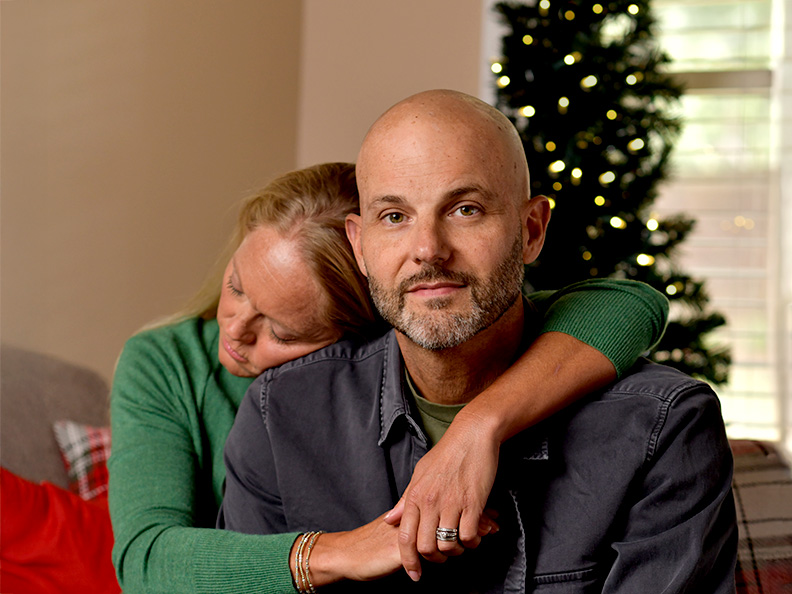Your gift is 100% tax deductible
Cancer Recurrence Rates
It’s common for a cancer survivor to wonder how likely it is for their cancer to come back (cancer recurrence). A cancer recurrence rate can help show generally how often cancer comes back, but it is not the same as your individual risk of cancer recurrence.
What are cancer recurrence rates?
A cancer recurrence is when a cancer that was not detectable after treatment comes back. It may come back where it first started or in a different part of the body.
A cancer recurrence rate is a measure of how often cancer comes back among a large group of people. Recurrence rates are typically estimates and are different for each type of cancer. Because they reflect large groups of people, they do not tell you much about your specific risk.
Which cancers have the highest and lowest recurrence rates?
It’s hard to know recurrence rates for specific cancer types. Cancer registries track how many new cancers are diagnosed each year and are where many statistics come from. Doctors are not required to report cancers that have recurred so this information is not routinely collected by cancer registries. Efforts are underway to encourage more registries to gather these data, but more are needed.
While research and statistics are limited, we do know that recurrence rates are different depending on the type and stage of the cancer. Tumor features and the treatment given for the cancer can also affect whether a cancer is likely to come back.
Many types of cancers that are found at an early stage have a lower chance of recurrence.
The chance of recurrence is higher for:
- People treated for a childhood cancer
- Adult survivors of Hodgkin lymphoma
- Glioblastoma, a type of brain cancer
- Some types of soft tissue sarcoma
- Cancers of the bladder and pancreas
- Cancers caused by tobacco use
Some cancers, such as certain types of breast cancer, have tests that help doctors understand a person’s chance of cancer recurrence. For example, triple-negative (hormone receptor–negative) breast cancer is more likely to recur than hormone–receptor positive breast cancer.
How do I know the recurrence rate for my type of cancer?
There are many types and subtypes of cancer. Recurrence rates are not available for all types of cancer and are not always useful for knowing your own risk of recurrence. It’s important to talk with your cancer care team about your risk for recurrence, what to watch for, and what follow-up is needed.
- Written by
- References

The American Cancer Society medical and editorial content team
Our team is made up of doctors and oncology certified nurses with deep knowledge of cancer care as well as editors and translators with extensive experience in medical writing.
American Cancer Society. Cancer Treatment & Survivorship Facts & Figures 2025. Accessed at https://acsjournals.onlinelibrary.wiley.com/doi/full/10.3322/caac.70011 on October 21, 2025.
Morgan E, O’Neill C, Bardot A, et al. Collecting long-term outcomes in population-based cancer registry data: the case of breast cancer recurrence
JCO Glob Oncol. 2024. Accessed at https://ascopubs.org/doi/10.1200/GO-24-00249 on October 21, 2025.
National Comprehensive Cancer Network (NCCN). NCCN Clinical Practice Guidelines in Oncology (NCCN Guidelines). Survivorship. V2.2025. Accessed at https://www.nccn.org on October 21, 2025
Last Revised: November 4, 2025
American Cancer Society medical information is copyrighted material. For reprint requests, please see our Content Usage Policy.
American Cancer Society Emails
Sign up to stay up-to-date with news, valuable information, and ways to get involved with the American Cancer Society.



